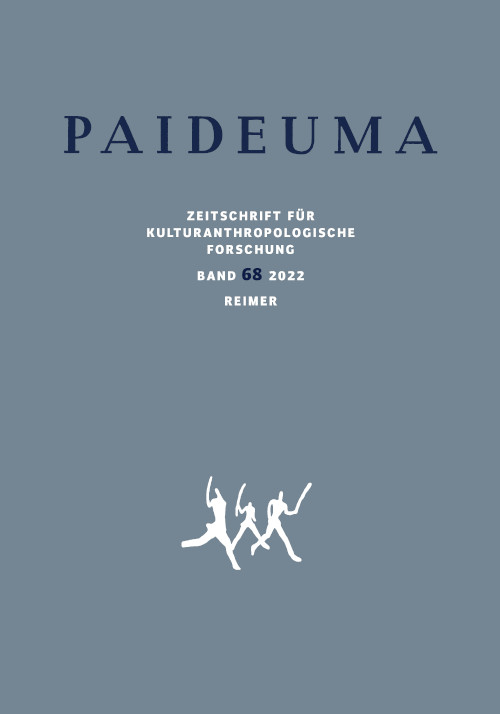Local African responses to the early slave trade trade in Upper Guinea, sixteenth to seventeenth centuries
DOI:
https://doi.org/10.21248/paideuma.109Abstract
When Portuguese mariners reached the Senegambian coast shortly before 1450, they quickly engaged in taking small numbers of captives back to Lis-bon. In Senegambian societies, varied forms of limited or temporary servile status existed before this first contact, and the interior was connected to the older trans-Saharan slave trade. By the 1580s several thousand Africans a year were being pur-chased and taken either to the Cape Verde Islands, to Europe or, increasingly, to the Americas. Africans responded rapidly but variously to the development of this slave trade. They protected themselves by moving into remote or geographically protect-ed areas; and they learned to defend themselves and to turn the tables by capturing their aggressors. Some, such as the Bijogo, actively entered the slave trade, even cap-turing Portuguese. Finally, several communities of escaped slaves were established, with at least the tacit support of local Africans. These Maroon communities were composed at least partly of captives who had escaped from the Portuguese.
Downloads
Veröffentlicht
Ausgabe
Rubrik
Lizenz
Dieses Werk steht unter der Lizenz Creative Commons Namensnennung - Weitergabe unter gleichen Bedingungen 4.0.






